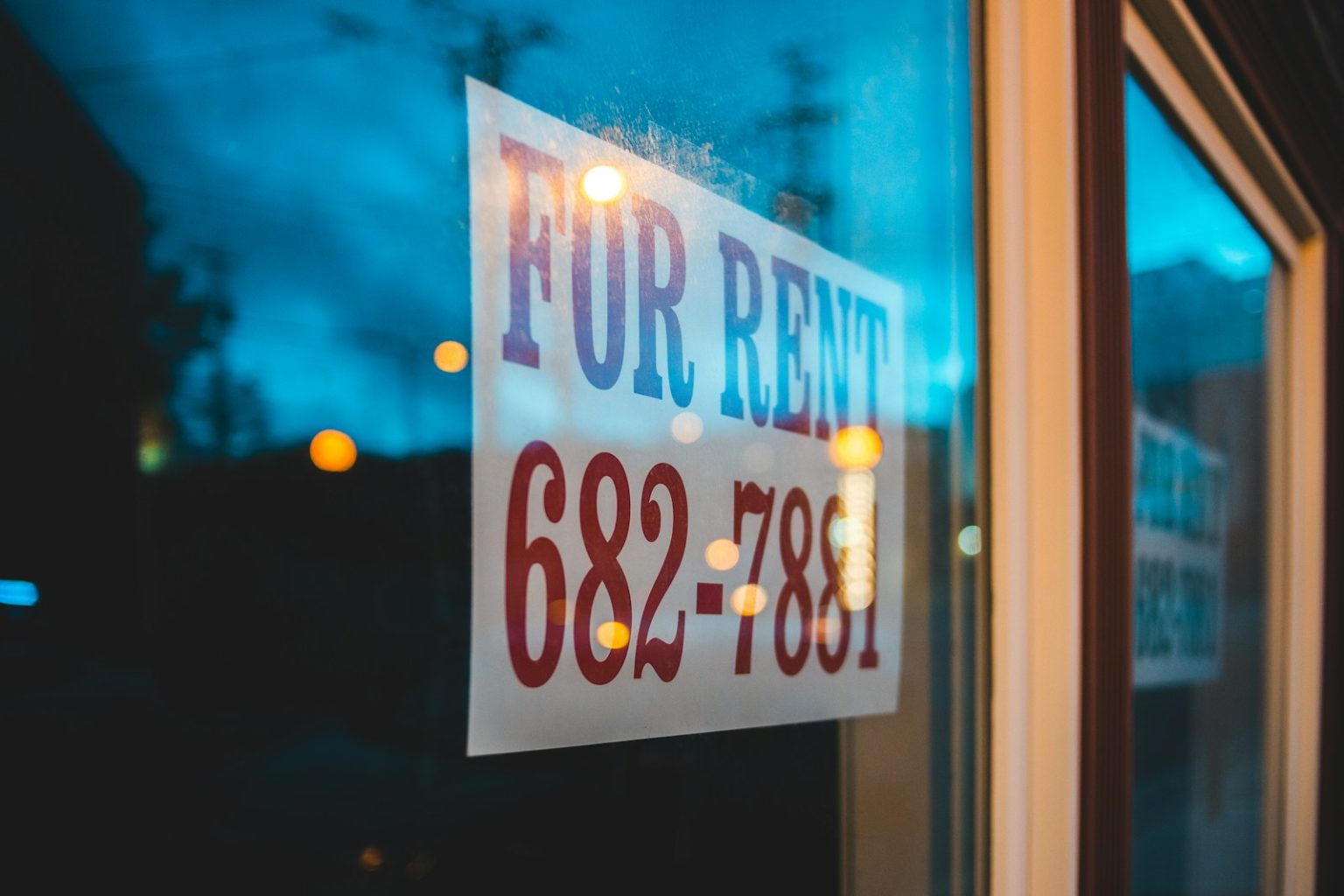Canadian renters are facing a growing financial burden as they allocate an increasing portion of their income toward housing costs, according to recent findings. The data reveal that many renters continue to pay high monthly rents, even though they may qualify for mortgage financing.
This situation highlights a disconnect in the Canadian housing market where individuals who could potentially become homeowners remain trapped in the rental market, paying substantial amounts that often exceed what they might pay for mortgage installments.
The Rental Cost Burden
Analysis shows that renters across major Canadian cities are spending between 30% and 50% of their monthly income on housing, exceeding the 30% threshold that financial experts typically recommend. This increasing burden comes as rental prices continue to rise in metropolitan areas such as Toronto, Vancouver, and Montreal.
The rental market pressure has intensified following post-pandemic economic shifts, with landlords raising rates to compensate for inflation and increased property costs. For many renters, this means less disposable income and reduced ability to save for future housing purchases.
Mortgage Qualification Reality
Perhaps the most striking aspect of this trend is that many renters paying premium prices for their accommodations would actually qualify for mortgage financing. Financial assessments indicate that a significant percentage of Canadian renters have the income stability and credit scores necessary to secure mortgage approval.
Several factors contribute to this paradox:
- Down payment barriers: While monthly mortgage payments might be manageable, accumulating the necessary down payment remains challenging
- Stringent stress test requirements that limit borrowing capacity
- Market uncertainty is causing hesitation among potential buyers
- Limited housing inventory in desirable locations
Economic Implications
This situation creates a cycle that’s difficult to break. As renters spend more on housing, their ability to save for a down payment diminishes, further extending their time in the rental market. This pattern has broader economic implications, affecting consumer spending, retirement planning, and overall financial security.
The current housing market dynamics create a situation where renters are essentially paying someone else’s mortgage while missing the opportunity to build their own equity,” notes one housing market analyst familiar with the situation.
The rental cost burden disproportionately affects younger Canadians and newcomers to the country, who often find themselves allocating substantial portions of their income to housing with little opportunity to transition to homeownership.
Regional Variations
The severity of this issue varies significantly across Canadian regions. In Vancouver and Toronto, where housing prices have reached historic highs, the gap between renting and potential homeownership is particularly pronounced. Meanwhile, in smaller cities and rural areas, the disparity may be less severe but still presents challenges for many residents.
Montreal, traditionally known for its more affordable rental market, has also seen substantial increases in rental costs, narrowing the advantage it once held over other major Canadian cities.
Housing advocates point to the need for policy interventions that address both rental affordability and pathways to homeownership. Suggestions include rent control measures, incentives for first-time homebuyers, and increased development of affordable housing units.
As this trend continues, experts warn that without meaningful intervention, Canada risks creating a permanent renter class—individuals with stable incomes who nonetheless remain unable to access the financial benefits of homeownership due to structural barriers in the housing market.







